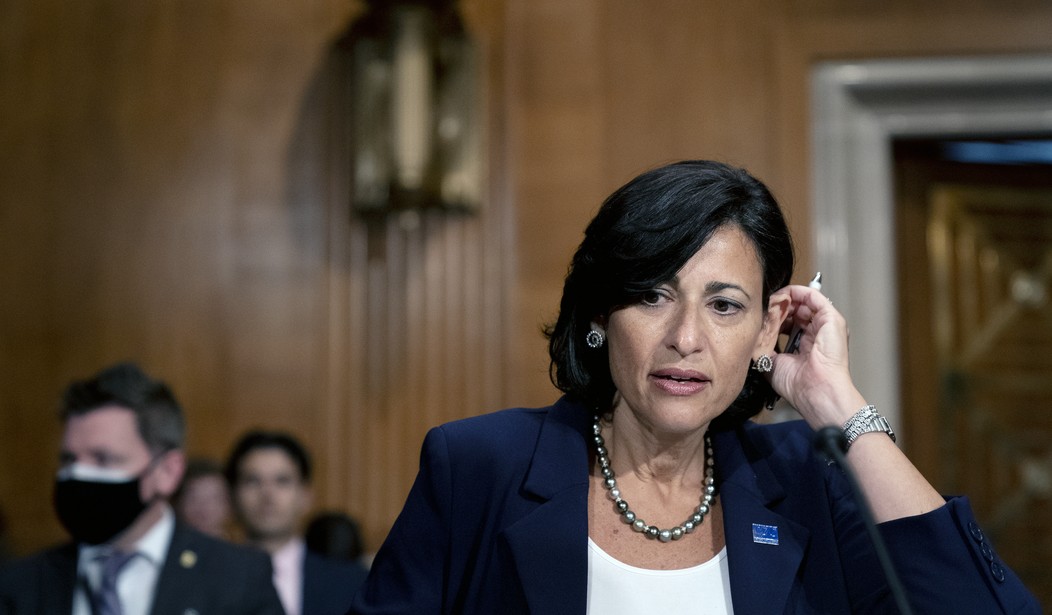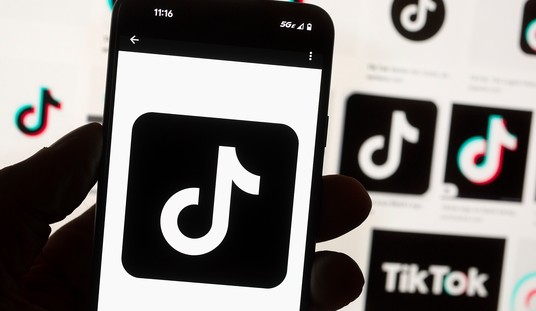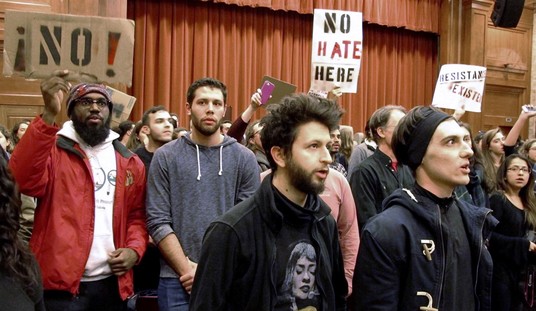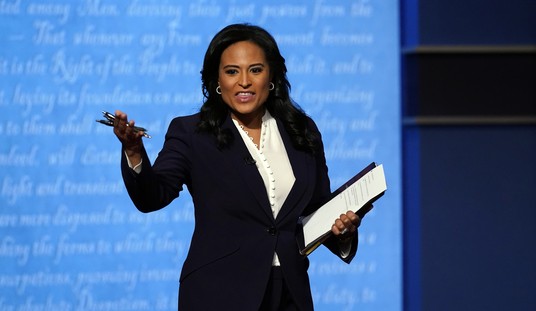I’d love to tell you the answer is “Yes, they wildly overhyped it! It’s nowhere near as contagious as we thought!”
But the truth is more like “They slightly overhyped it but it’s still a ferocious beast.” In fact, the scientist who confirmed for NPR that the CDC overstated Delta’s transmissibility still called it “probably the most contagious respiratory virus that we know, for the moment.” Not the most contagious strain of COVID, mind you.
The most contagious respiratory virus scientists are aware of, period.
Nate Silver wants answers regardless. “I want to know more about the provenance of the leaked CDC document that *emphasized* the comparison to chickenpox and made a lot of other claims (e.g. about vaccinated transmission) that spun uncertain evidence about Delta in a very scary light,” he tweeted earlier. The leaked document was this CDC powerpoint, in particular this slide:

Upon further review, that data appears to be not quite true. So why was it leaked, replete with the scary detail about chicken pox? Was it designed to freak out the public in hopes of frightening people into returning immediately to precautions?
The biostatistician who spoke to NPR says Delta’s true transmissibility looks more like this:

An R0 of six or seven, not of nine or 10. How’d the feds get it wrong? “The R0 values for delta were preliminary and calculated from data taken from a rather small sample size,” one official told NPR. Was the small sample the same as the one from the outlier-ish Provincetown study, in which an outbreak over the July 4 holiday when locals were partying in bars was treated as a fair proxy for the entire country?
Regardless of whether Delta is as contagious as chicken pox or not quite as contagious but still extremely contagious, a lot of people are going to get sick from it and a lot of unvaccinated people are going to die:
The difference between an R0 of three and six is massive. For example, with the original strain of SARS-CoV-2, one person would infect about three people, and each of those people would infect three more. So after only two rounds of transmission, cases would rise by nine (3 x 3 = 9). After three rounds, cases would rise by 27 (3 x 3 x 3 = 27). But with the delta variant, the first person would infect six others, who would each then infect six more people. So after two rounds of transmission, cases would already rise by 36 (6 x 6 = 36). After three rounds, cases would surge by 216 (6 x 6 x 6 = 216).
Here’s where we start thinking about hospital capacity again, a subject everyone believed we were done with when the CDC announced in May that the vaccinated could unmask and get back to normal. The logic at the time was simple: Because there was little risk of the vaxxed being infected and practically no risk of them infecting an unvaccinated person, the virus could spread only so far and so fast going forward. Soaring levels of immunity across the population meant that Alpha, the most contagious variant at the time and one which was no match for the vaccines, would continue to run into dead ends as it jumped from person to person. The remaining share of the population without any form of immunity would continue to get infected, but at a slower rate. And as more of them acquired natural immunity, creating more viral dead ends, the spread would slow even further. Hospitals would never be threatened again.
With Delta, everything’s changed. The vaccinated now stand a decent chance of being infected and are themselves contagious to others to some unknown degree, capable of infecting the unvaccinated. (Although less capable than the unvaccinated themselves are.) There are fewer dead ends for Delta; it can keep moving across the population, at a much greater speed than Alpha could. The non-immune are a minority of the population at this point but there are still millions of adults among them left. Even if Delta sends only two to three percent of them to the hospital, that’s many thousands of people and a large share of them could all show up at once given the velocity with which the virus spreads. We face dozens of mini-India scenarios as particular communities get slammed and their local hospitals suddenly struggle to cope.
It’s already happening in some places, with hospital staff scrambling to staff enough ICU beds to meet demand. Against all odds, some places are back in a March 2020 posture of having to “flatten the curve” to protect hospital capacity despite half the country having received a highly effective vaccine.
That’s also changed the calculus on letting the unvaccinated choose to assume their own risk and go on their merry way by not getting the shot. In May, when the vaccinated were all but totally protected from COVID and hospitals were under no strain, it was logical to allow the vaxxed and unvaxxed to mingle freely without any precautions. If you didn’t get your shots and ended up desperately sick after visiting a public space, oh well. You gambled and lost. Too bad. Now that Delta has put hospitals back in crisis mode, though, a plague of severe illness among the unvaccinated is a threat to everyone, not just to them. I’m seeing more anecdotes like this on social media lately:
Patrick! You don't actually believe this! What about those of us who need emergency medical care and can't get into ERs because there is no more room? (Literally me with my 14 month old two weeks ago…)
— Sarah Isgur (@whignewtons) August 10, 2021
With unvaccinated COVID patients filling up ERs and ICUs again, every person with a health crisis is potentially at risk, not just those who skipped their shots. Doctors are losing their minds too at having to cope with a wholly avoidable crisis at their places of business:
“What makes me the maddest,” one of my doctor friends told me, “is that these people will reject science right until the second they need everything I have to keep them alive, and then they feel that they can come to our door and be entitled to that help and that hard work.” This friend is characterizing the inconsistency in the behavior she sees in people declining a vaccine but then demanding medical care based on the same science. That inconsistency feels, to her and to other dedicated medical professionals trying to survive this pandemic, very much like dishonesty.
Unlike during the pre-vaccine phase of the pandemic, the current upsurge of suffering isn’t one that humanity has to go through. People are choosing it. And intent matters. Intent is the difference between a child who goes hungry because their parent can’t afford dinner and the one who goes hungry because their parent won’t buy them dinner. Having the ability to provide relief but not do so is cruel. To many medical providers working today, the rejection of lifesaving COVID-19 vaccines feels like a giant “Fuck you” from 29 percent of American adults. We will keep providing the best care possible, but they are making our job much harder.
In some cases, ICUs can’t accept patients not because beds aren’t open but because they don’t have the staff to tend to patients in those beds. Some nurses are getting infected by COVID patients and then having to isolate. (Some have quit entirely due to burnout.) The entire population’s health is being put at risk because of the choice made by the unvaccinated, yet they pay virtually no price for it. Many cities and states won’t touch employer vaccine mandates to compel them to get immunized. Insurance companies aren’t saddling them with higher health-care premiums to offset the cost of hospitalizations. As far as I’m aware, even those who are being asked to get tested regularly in lieu of getting their shots aren’t always paying for their own tests.
Here’s another guy who may well die because the surgery he needs to save his life has been postponed. The hospital’s too busy caring for unvaccinated COVID patients to treat his cancer.
Cancer patient Michael Kagan's surgery was pushed back because the hospital wouldn't have a recovery bed for him due to the rise in Covid-19 cases.
"I am living with a time bomb and we're just letting it tick down basically, because I’m not getting any treatment. he says. pic.twitter.com/vrVEksDFas
— New Day (@NewDay) August 10, 2021








Join the conversation as a VIP Member